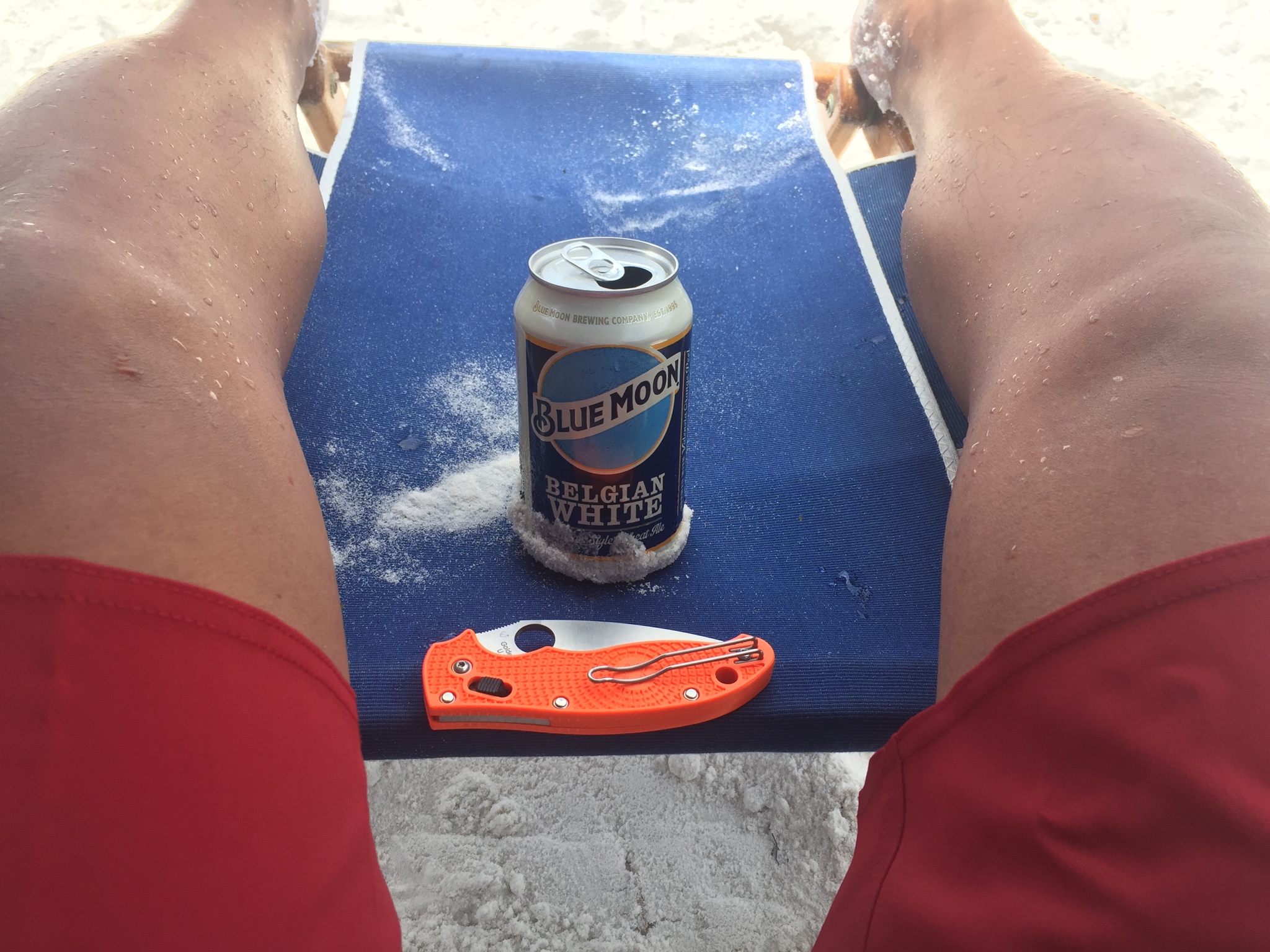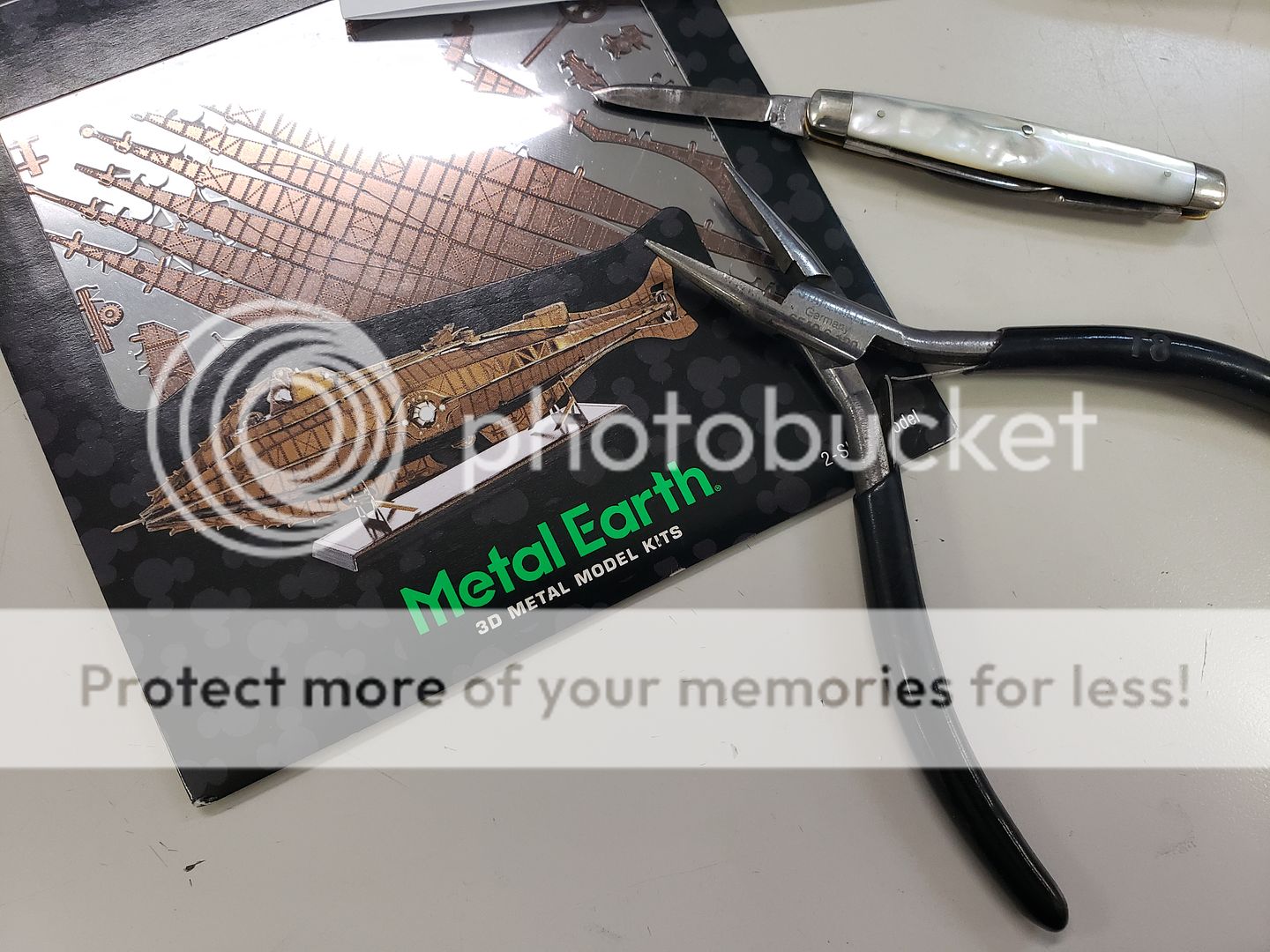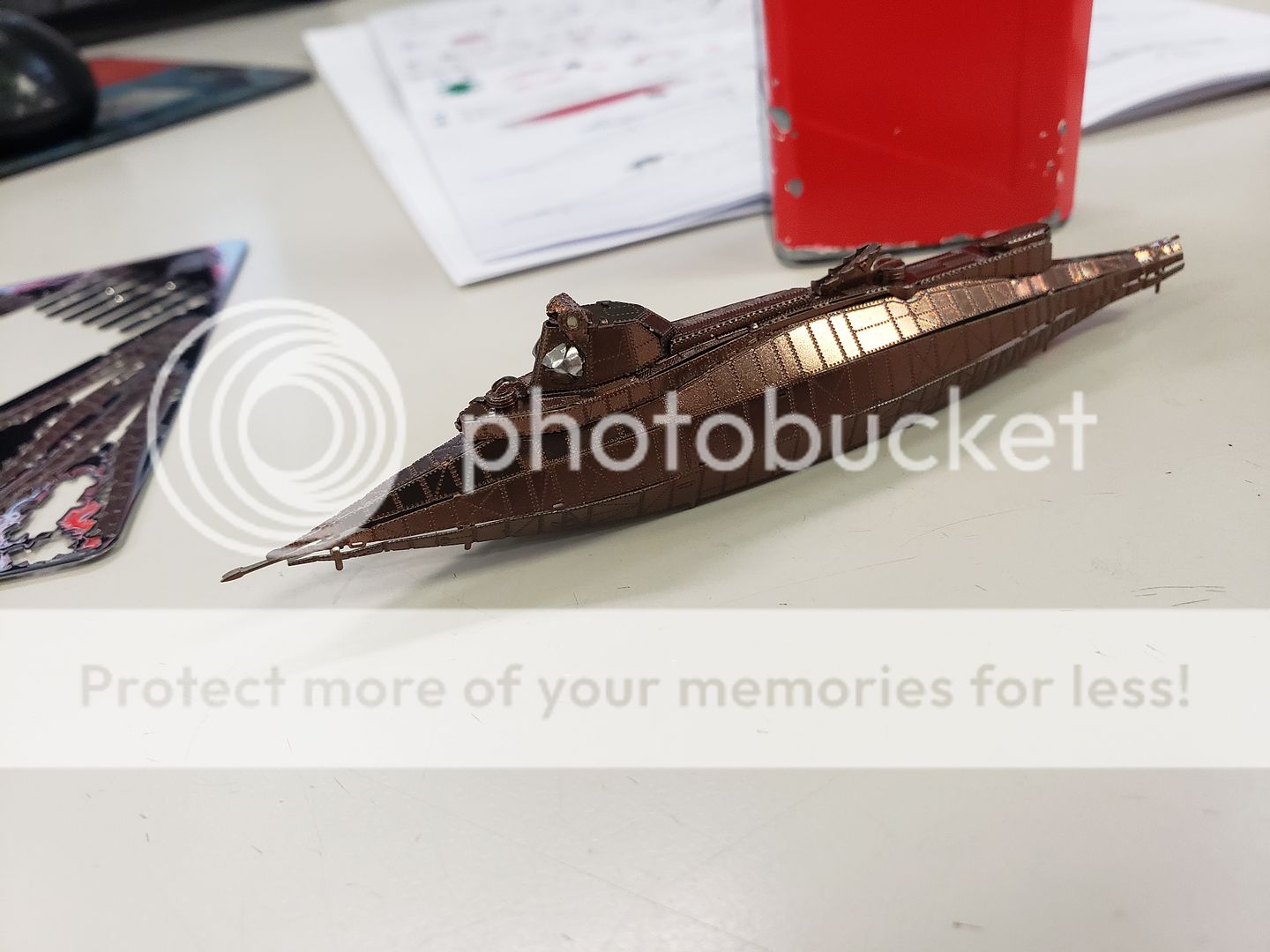Every time when I tried inversion therapy, even starting with much shallower angles while trying to ease into it, I ended up getting super disoriented and nauseous

Maybe it was just the crappy and cheaper inversion machine I had used but just didn't appeal to me as a remedy.
Unfortunately, getting nauseous and disoriented from inversion isn't due to yhe quality of the inversion table. It's due to not being used to the sensation of being inverted with all that blood rushing to your head. Different folks will adapt to it at different rates.
It's one of those things that you can generally condition yourself to, if you have the time and inclination. The more sensitive you are to it, the slower you should go. With adjustable inversion tables (eg. Teeter Hangups), start off with just slight inversion with your head only a little lower than your feet.
You can even try to see if conditioning yourself to the sensation, is an option
before spending the money on an inversion table, by simply propping up one end of your couch and laying on it with your feet higher than your head (you won't get the back stretching benefits of inversion, but will be able to see if you can gradually build tolerance to the effects of blood rushing to your head).
As you get used to the sensation, you can increase the inversion angle with an adjustable table. Going straight into complete inversion isn't for everyone (and can potentially exacerbate a back problem, in folks who've never done anything to stretch their backs like that).
Alternatives exist for stretching out your back, for folks who can't deal with the sensations from inversion:
- there are upper arm straps, meant to be used for doing leg raises from a chinup bar. They allow folks to do leg/knee raises, who may not have the requisite grip strength/endurance to hang on for longer periods. You can use them to hang in an upright position. Ankle weights can increase the traction.
- free and easy to try option. Lay on the floor with your hands slightly under the top of your buttocks. Relax your core/back, then using your arms, push to extend your back by moving your shoulders away from your butt. The friction on carpet will help hold the stretch, but your triceps will still need to do a fair amount of work to hold the static position.
- there's also a machine (as/more expensive vs inversion tables?) that has you lay flat on the floor, and place your legs in an elevated cradle. The motorized cradle slowly moves your legs side to side (IIRC) to loosen up a stiff back. A friend bought one, and says it does wonders for his lower back pain. I've never tried one.
As mentioned, good posture helps, as do stretching exercises and building core strength. I popped a disc years ago, being stupid. Over the years, I've been focusing on deadlifts with proper form. The stronger my back, the less issues I've had (aside from throwing ~20lb shovelfuls of heavy snow 10-15 feet for 90 minutes

)
P.S.
Funny story:
My brother (2 years older) is a LOT shorter than I am (and always been a little chunkier). In high school, when he'd stopped growing while I hit my growth spurt, he decided to order a pair of gravity inversion boots (the kind you clamp on your ankles, with hooks to hang on underneath a chinup bar), to see if they could stretch him a few more inches.
When they arrived, he showed them to me, and I actually tried them out first. Hung upside down. Did a few sets of situps. I told him, "Well, I can definitely feel the stretch in my back when hanging upside down".
I came home from school one day and find him hanging upside down, face beet red, barely conscious. He goes, "
help......". I get him down off the chinup bar, and after he finally recovers, I asked, "What happened?".
He said he didn't want to try the gravity boots while anyone was around, so he waited until he was home, alone. Managed to get the boots up on the bar. Hung upside down for a few minutes, then realized he didn't have the ab strength to get his hands back on the bar to unhook the boots.
He said he kept trying again, and again, progressively getting more tired, and finally was too tired, and hung there waiting for someone to get home. I had some after school sports before getting home. I asked him how long he'd been hanging upside down for. It was almost 90 minutes.
I then proceeded to put on the boots to show him how he could 'climb up' his own leg to reach the bar, if he couldn't pull a situp far enough to reach it. He said, "Damn, I never thought of that". I don't think he ever tried using those gravity inversion boots again.






